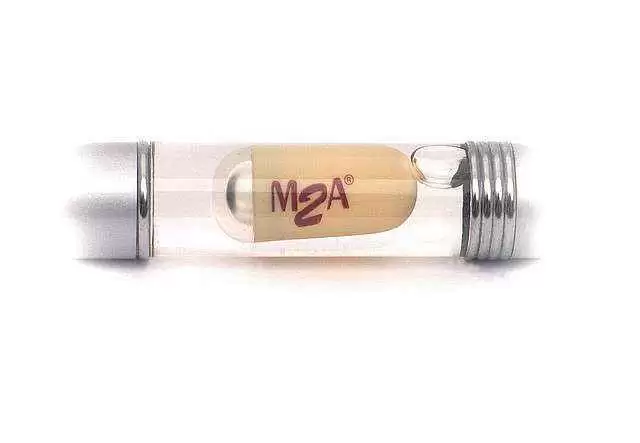Celiac.com 01/30/2013 - Currently, doctors diagnose celiac disease with blood tests that screen for two antibodies, one that targets gluten and another that goes after an intestinal protein. The tests work pretty well to spot advanced cases of celiac disease, but by that time, patients are already suffering intestinal damage.
 A research team looking into a method for reliable earlier detection of celiac disease focused on the responses of certain bacteria to celiac disease.
A research team looking into a method for reliable earlier detection of celiac disease focused on the responses of certain bacteria to celiac disease.
Celiac.com Sponsor (A12):
They have built a library of peptides on the surfaces of bacteria which capture new antibodies associated with celiac disease. This, in turn, has led them to a new technique for harvesting celiac disease antibodies, which may help improve diagnosis for celiac disease, especially early on. The researchers say the technique may allow them to successfully tell, much earlier than before, which perspective celiac sufferers are sick and which are healthy.
The research team included Bradley N. Spatola, Joseph A. Murray, Martin Kagnoff, Katri Kaukinen, and Patrick S. Daugherty. They are affiliated with the Department of Chemical Engineering at the University of California at Santa Barbara, California, the Division of Gastroenterology and Hepatology, Mayo Clinic, Rochester, Minnesota, the Laboratory of Mucosal Immunology, Department of Medicine and the Department of Pediatrics at the University of California at San Diego in La Jolla, California and with the Department of Gastroenterology and Alimentary Tract Surgery, Tampere University Hospital, Tampere, Finland.
For their study, Patrick Daugherty, of the University of California, Santa Barbara, and his team aimed to find previously unknown disease-linked antibodies. Their strategy centered on building an enormous library of random peptide sequences to find ones that would bind to the antibodies.
To create their library, the researchers inserted one billion random peptide genes into Escherichia coli, with one peptide gene per bacterium.
Once the genes were expressed inside the bacteria, thousands of copies of the peptides migrated to the cells’ surface. The researchers hoped that some of these peptides would bind antibodies from the blood of people with early-stage celiac disease, but not those in samples from healthy people.
The team hoped that their approach, with numerous bacteria each bearing a different peptide, would be more likely to identify unknown antibodies than are current types of peptide libraries, which must be mounted on hard surfaces.
To test their new library approach, the researchers collected blood samples from 40 healthy people and 45 people who had been diagnosed with celiac disease.
They purified antibodies from the blood samples, then labeled antibodies from half the celiac patients with a green fluorescent dye and the rest of the patients’ antibodies with a red dye.
They then mixed the peptide-coated bacteria together with all the antibodies, adding five times as many unlabeled antibodies from the healthy subjects to block labeled antibodies from binding to peptides found in people with and without celiac disease.
Next, they sorted the cells, collecting only those bacteria displaying both red and green fluorescence.
Cells labeled with both dyes, the researchers reasoned, help a peptide that could bind to an antibody found in at least two people, one patient from each group. These antibodies, they say, could be markers for celiac disease.
Additional screening of the peptides with antibodies from healthy patients and those with celiac disease, the researchers narrowed the bacterial pool down to six unique peptides, none of which bind to known celiac antibodies.
The researchers then measured binding between these peptides and the full suite of antibodies from patients’ blood. Based on that data, they used a statistical analysis to conclude that they could identify correctly 85% of people with celiac disease and 91% of healthy – nearly matching the values of existing diagnostic tests.
It remains uncertain whether this approach will permit doctors to diagnose celiac disease at earlier stages than current methods, but the results look promising, and the team remains hopeful.
Daugherty says that the method is applicable to other immune disorders, including difficult-to-diagnose illnesses such as lupus, multiple sclerosis, and some cancers.
Source:
- Open Original Shared Link






Recommended Comments